Launch of new Elantra won’t make Hyundai the butt of jokes for comedians.
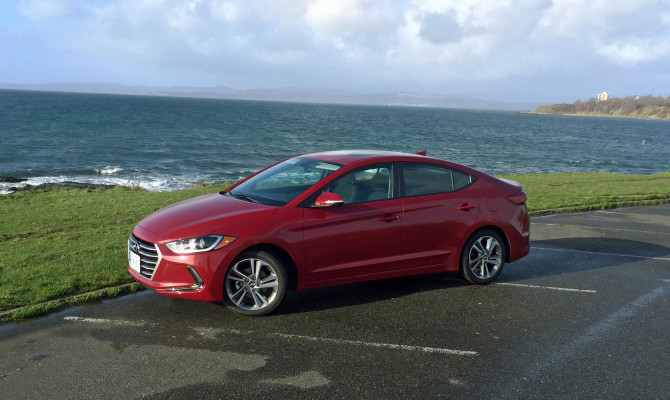
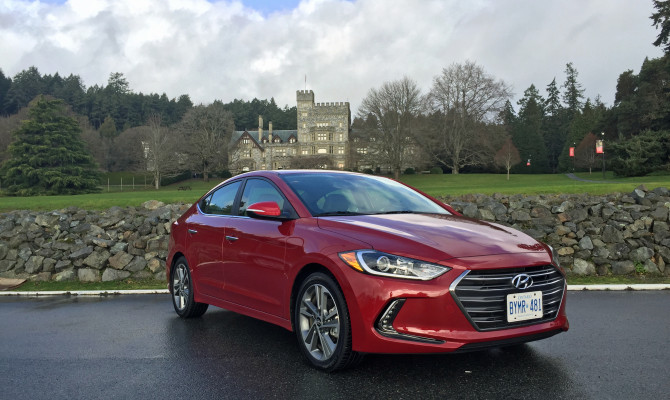
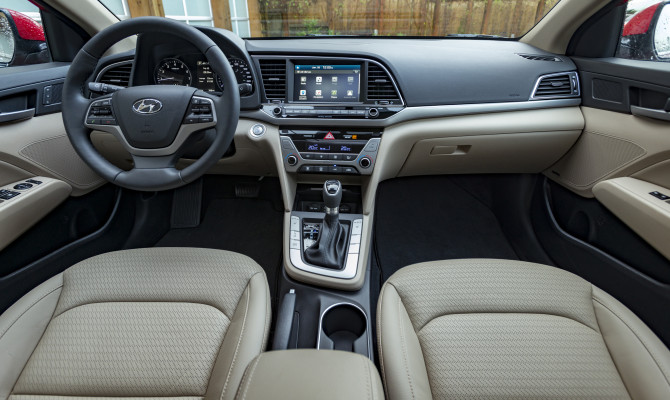
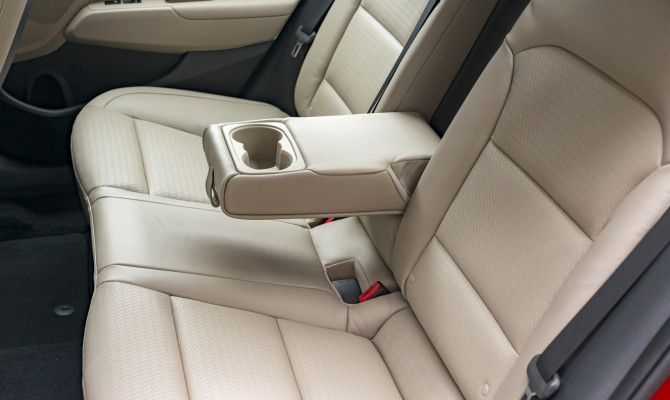
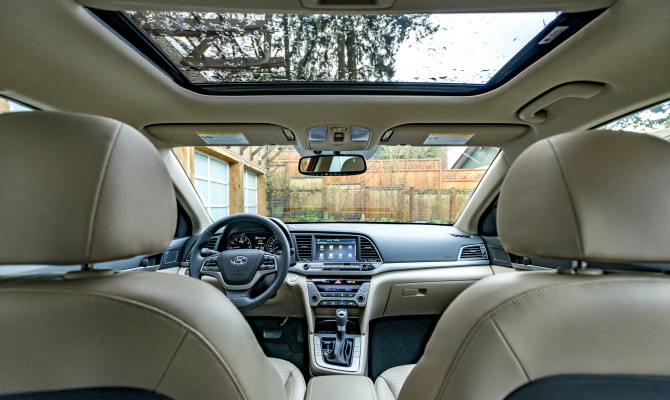
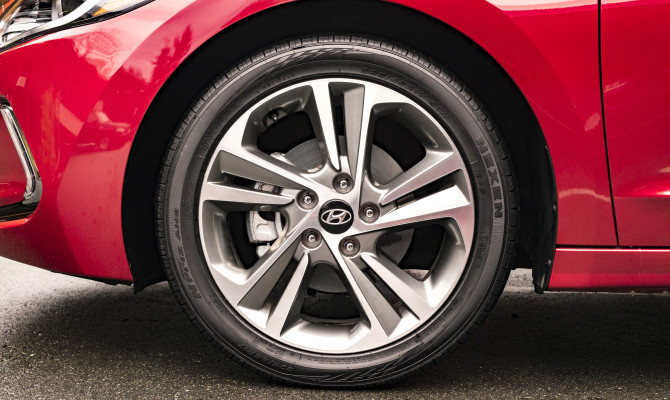
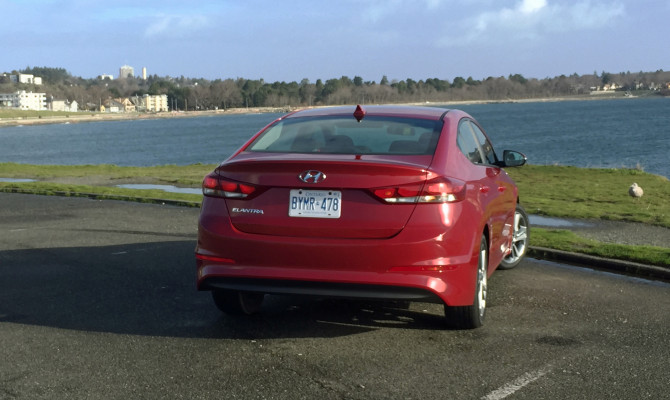
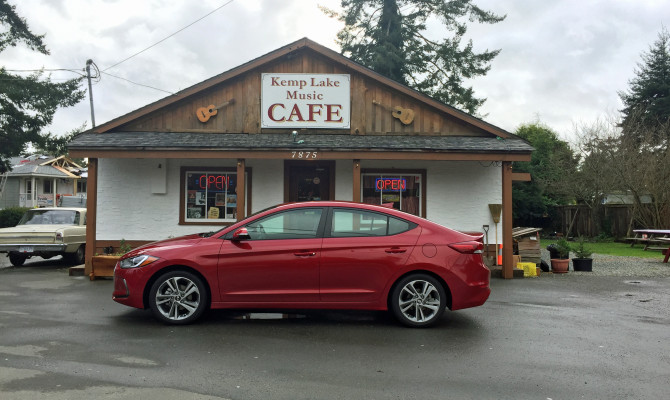
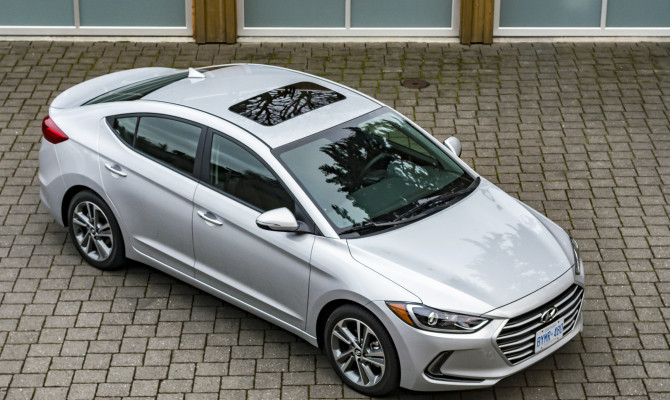
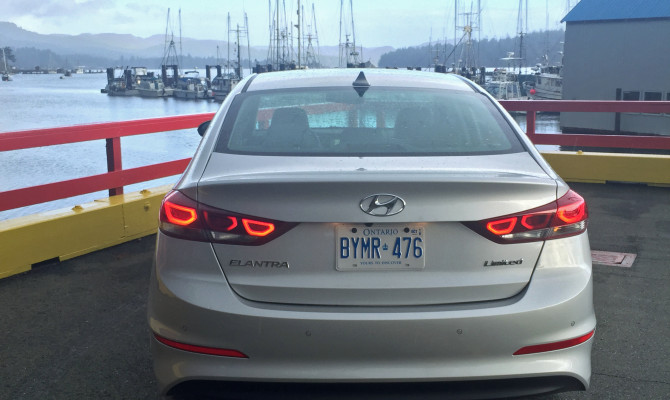
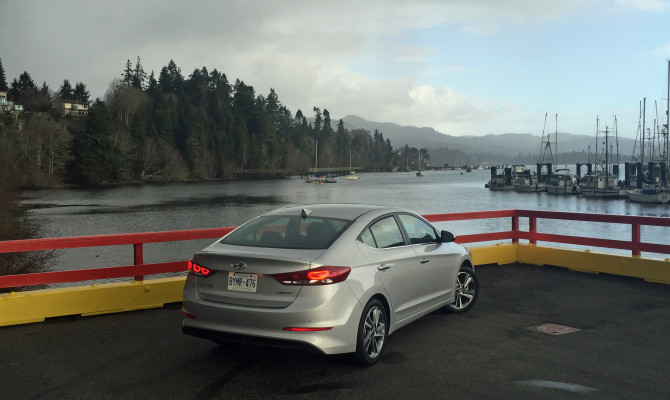
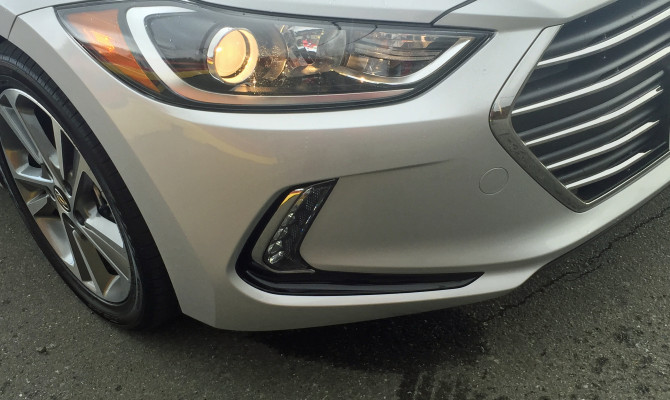
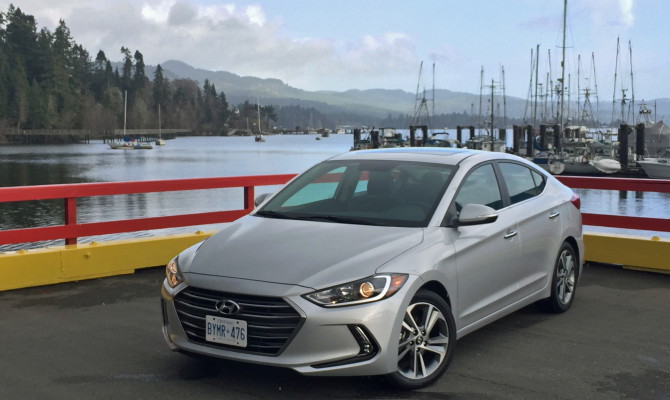
It helps if Hyundai executives can double as stand-up comedians, specializing in self-deprecating humour.
They’ve heard all of the jokes about the notoriously unreliable Pony which the South Korean began making in 1975 and finally put out of its misery in 1990. One of the most oft repeated jokes came from Jay Leno, who suggested a Hyundai’s value doubled when filled with gas.
In Don Romano, the president and CEO of Hyundai Canada, the company has a very competent car guy and a wise cracker par excellence.
At the launch of the all-new Elantra in Victoria, Romano delivered a line in a way the late Rodney ‘I don’t get no respect’ Dangerfield would have been proud.
He quipped: “My daughter asked me if I knew why a Hyundai has a manual as thick as a phone book . . . because it comes with a bus schedule, she told me.”
Hyundai Canada boss Romano’s thigh-slapping stand-up routine at the new Elantra launch gave him the last laugh because comedians will starve looking new material in this 2017 model. Joking apart, the sad Pony is a distant speck in Hyundai’s rear view mirror and the truth is it has been since not that long after the turn of this century. The right price and massively improved quality products have spurred the company to major sales success.
The sixth generation Elantra should become a major competitor to Canada’s top selling Honda Civic and other compact segment favourites, the Mazda3, Ford Focus and Toyota Corolla. The Hyundai entry is sleeker than it was but it still loses in the pretty stakes to the new Civic and the Mazda3.
But it’s not going to be rated on its date worthiness because what’s under its skin impresses more. The tough new high-strength steel superstructure raises the safety stakes substantially and quietens the cabin to a level about which luxury cars would boast.
The driver-oriented interior design, with its wide instrument panel (available with a 4.2-inch colour display), improves driver access to controls, creates cabin space and features higher quality materials and premium technology.
Here’s an attractive proposition for residents of northern climes: standard heated front seats and optional heated rear seats with a versatile 60/40 split-folding rear seat. It all adds up to better ride comfort.
The all-new 2.0-litre “Nu” MPI Atkinson four-cylinder engine produces 147 horsepower at 6,200 rpm. According to Hyundai, “This cycle type engine (invented in 1882) reduces pumping loss by delaying the close timing of the intake valves in the compression point, therefore maximizing the expansion ratio . . . . this results in a 1.6 percent improvement in fuel economy.”
Here endeth the engineering lesson. The power plant is paired with either a six-speed manual transmission or a new six-speed automatic transmission. Fuel economy numbers will be available soon.
All trims are equipped with a new Drive Mode Select feature, which adjusts both powertrain performance and steering, allowing the driver to choose from three modes at the touch of a button: Eco, Normal or Sport.
During a daylong test drive, the urge to use the Sport mode was not sufficient to stray for long out of the Eco and Normal modes. However, the route did include stretches with some tricky corners, up and downhill, offering some good opportunities for that Sport mode. The handling was far smoother than I expected.
Did some supermarket parking towards the end of the day as the need for munchies was strong. It’s the right size for shopping and squeezing into those ever narrowing spots.
After that earlier account of some aggressive driving, I should mention that a seven-airbag system is standard, including a new driver’s knee airbag, along with Electronic Stability Control, Vehicle Stability Management, Traction Control, and ABS. Yes, all standard. A wide selection of advanced safety technologies is also on offer and includes Autonomous Emergency Braking with Pedestrian Detection technology.
The base model starts at $15,999, just $200 more than the previous generation. Here are each trim’s highlights. The LE adds air conditioning, for $18,499. The GL, at $20,349, features a long list of safety and convenience equipment. For $22,699, the GLS adds a sunroof, heated rear seats, a hands-free proximity-activated trunk. The Limited edition ($26,249) adds leather seats, and an Infinity 315W audio system. The Ultimate package ($28,799) includes all the advanced safety features.
Recent Comments
- { Enjoyed your Forest of Bowland in the BMW X5M, particularly the photo of the BMW in front of the main part of Stonyhurst College where... }
- { Bantam designed the Jeep, not Willy's or Ford. The American military gave the original Bantam prototype to Willys and Ford to copy. There is plenty... }
- { All Escalades come with a 6.2-lilter V8 engine that produces 420 horsepower. A six-speed automatic is the only transmission offered and drives the rear wheels.... }
- { Alexandra is an excellent journalist. }
Popular Posts
- Journey to a ‘Sparkling’ Luxury Okanagan Resort “Four lucky readers will put a Dodge Journey’s weekend-...
- The Need For Speed: Hike Those Highway Limits More than half of those polled believe the province sho...
- Drives-U-Crazy… Erratic drivers. An early morning drive from Kelowna to Vancouver is nor...
- Readers Respond: The Pros and Cons of Increasing B.C. Speed Limits Increasing the speed limits will only increase risk to...
- Honda CR-V Review: The Compact Crossover To Get Things Done The CRV is a very stylish and aerodynamic crossover veh...






